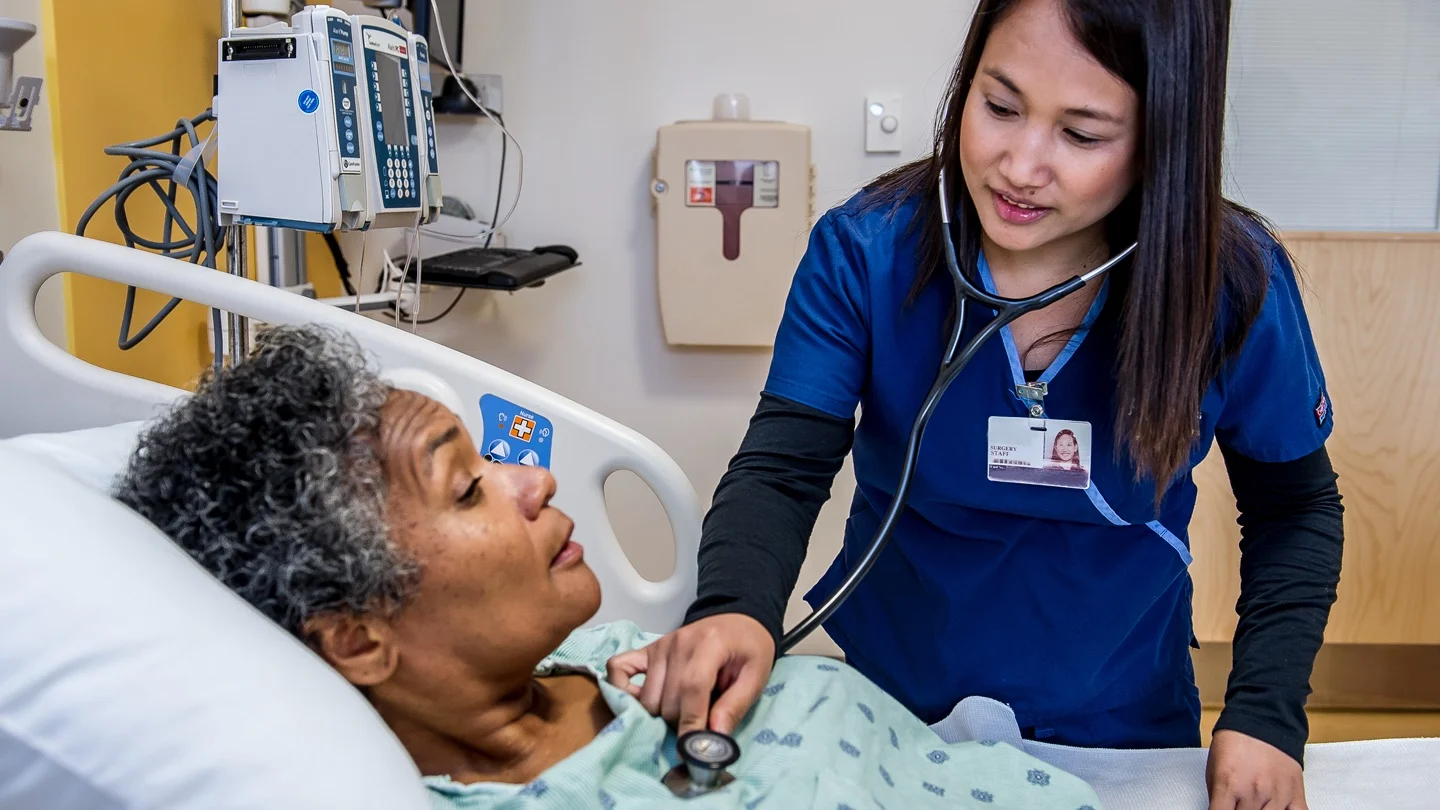Today is our topic of discussion Care of Pressure Points/Bedsore.
Care of Pressure Points/Bedsore

CARE OF PRESSURE POINTS/BEDSORE
A bedsore or pressure sore decubitus ulcer is an ulcer occurring on the skin of any bed-ridden patient, particularly over bony prominences or where two skin surfaces press against each other (Fig. 13.22).
Bedsore is the term applied to the local gangrene or ulcer caused by certain conditions associated with the confinement of bed. Due to constant pressure circulation becomes slow and finally death of tissues occurs.
Definitions
Pressure injury: A localized injury to the skin and/or underlying tissue usually over a bony prominence, as a result of pressure, shear and/or friction, or a combination of these factors.
pH: A measure on a scale from 0 to 14 of the acidity or alkalinity of a solution, with 7 being neutral, greater than 7 is more alkaline and less than 7 is more acidic.
Blanching erythema: Reddened skin that blanches white under light pressure.

Risk assessment scale: A formal scale or score used to help determine the degree of pressure injury risk. At the Royal Children’s Hospital the Glamorgan Risk Assessment Scale is currently used.
Shear: It is a mechanical force created from parallel loads that cause the body to slide against resistance between the skin and a contact surface. The outer layers of the skin (the epidermis and dermis) remain stationary while deep fascia moves with the skeleton, creating distortion in the blood vessels between the dermis and deep fascia. This leads to thrombosis and capillary occlusion.
Friction: It is a mechanical force that occurs when two surfaces move across one another, creating resistance between the skin and contact surface that leads shear.
Extrinsic factors: Originating outside of the body. Intrinsic factors originating within the body.
Moisture: Alters resilience of the epidermis to external forces by causing maceration, particularly when the skin is exposed for prolonged periods. Moisture can occur due to spilt fluids, incontinence, wound exudate and perspiration.
Aims: The primary objectives are to promote prevention of pressure injuries and provide optimal care to patients at risk of, or with existing pressure injuries. The guideline specifically seeks to assist health professionals to:
- Improve knowledge of the underlying physiology of pressure injury formation
- Recognize factors which contribute to pressure injuries Identify high risk patients
- Implement and document intervention and prevention strategies
- Prevent or delay complications associated with pressure injuries
- Optimize management of pressure injuries
- Provide adequate parent and carer education.

Purpose
- To improve circulation
- To facilitate healing To prevent infection
- To prevent further damage
- To treat bedsores.
Read more:
